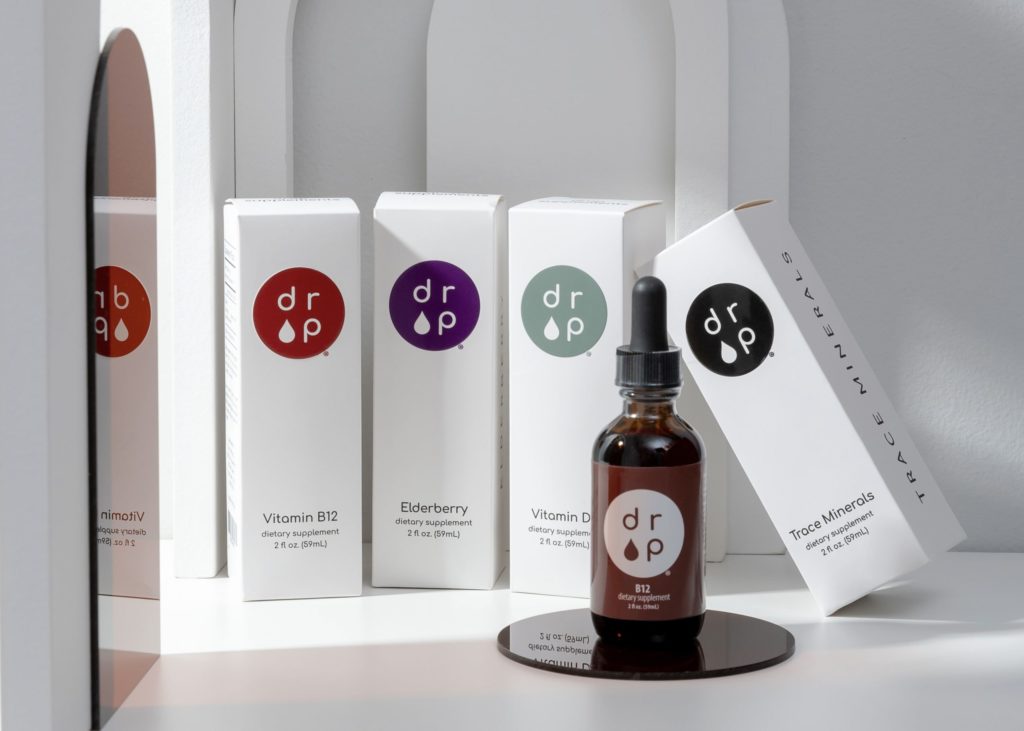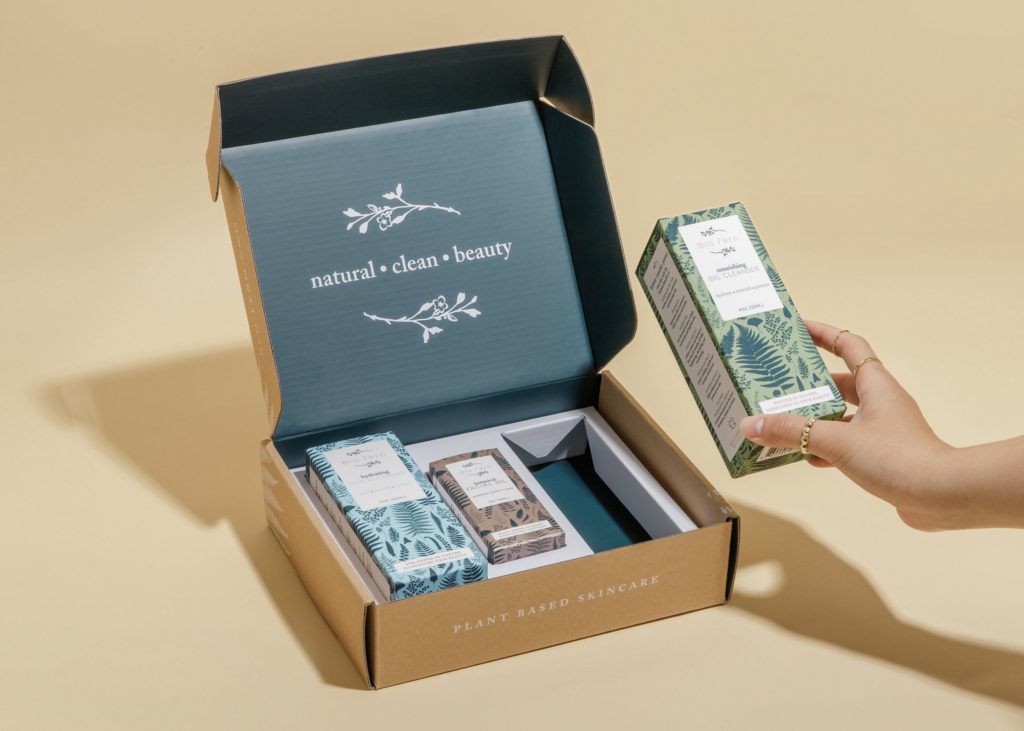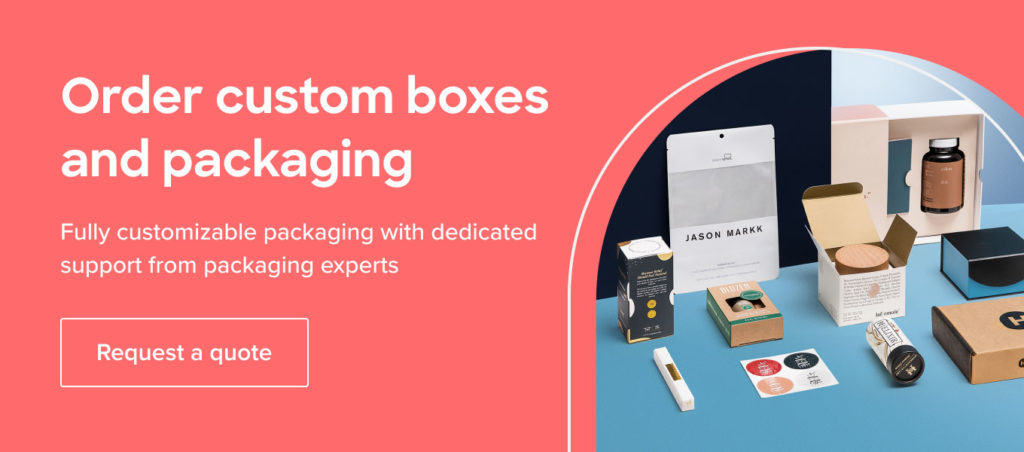Table of Contents
Custom packaging is crucial for your business and products; that much is certain.
It’s what sets you apart, and the right custom packaging can create an excellent experience for your customers.
Because of its importance for your brand, it’s vital to ensure you’re avoiding silly errors as best as possible.
This will save you lots of time, money, and stress in the process of obtaining your dream custom packaging.
Designing and executing custom packaging requires a lot of thought, care, and attention to get the best result.
Discover 9 of the most common packaging design errors that you can easily avoid during your packaging journey as a business.
1. Wasteful packaging
Consider the usefulness versus wastefulness of your packaging and avoid using excessive materials.
When using excessive packaging materials that don’t add much value to the protection of your products or the unboxing experience, your business is wasting resources, money, and time on elements that ultimately negatively affect your brand reputation.
Especially in the wake of eco-conscious consumers, wasteful packaging makes your brand look careless and unreliable.
Every component of your packaging needs to serve either a functional or aesthetic purpose to engage your consumers within your brand journey and leave a positive impression.
Strip your packaging strategy back to the basics, and discover exactly what your product really needs from your packaging.
Cut back on the extras such as bubble wrap and styrofoam peanuts that will likely go into a landfill and opt for packaging that is engineered to protect your products in transit instead.
2. Generic Designs
Anyone can spot generic or standardized packaging from a mile away.
The fit is not quite right and it’s extremely difficult to differentiate from the competition who is likely using similar, if not the same packaging solutions you are.
Packaging serves as an effective communication channel for brands, which is why it’s important to avoid generic designs and make your packaging captivating enough to engage your customers.
Without creative packaging designs that represent your brand, your products will likely have a difficult time competing in the market.
Consumers seek to make authentic connections with brands and tend to gravitate towards packaging design that tells a striking story.
First impressions are everything, so make sure you personalize your packaging with your target market in mind to really make an impact within your industry.
3. Spelling Mistakes
Not only are spelling and grammar mistakes embarrassing for brands, but it also ends up costing your business a ton of money in packaging recalls to replace them.
Mistakes like this also take away from your brand’s professionalism and attention to detail which ultimately is a negative reflection of your brand.
Clear and concise communication is key in, especially when it comes to packaging design.
It builds trust, reliability, and a stronger connection with customers.
Make sure you take the time to order samples of your packaging and really examine every aspect of your design with the help of a team to catch any minuscule spelling or verbiage errors to ensure consistency throughout your branding.
4. Blank Spaces
It’s important to consider blank spaces on your packaging design to achieve a healthy balance.
You don’t want to overwhelm customers with excessive artwork designs and text, but you also don’t want to underwhelm them with generic packaging.
Packaging design needs to be clear, concise, and aesthetically pleasing in order to appeal to consumers.
Flooding your design with vibrant colors may take away focus from more crucial elements of your design such as the product name.
White spaces should be strategically placed to establish contrast for key components of your design to stand out.

Depending on your industry niche, the balance of white space and artwork designs may vary.
Find the right balance that reflects your brand and allows you to differentiate from the competition.
5. Hard-to-Read Text
There’s no use in including text on your packaging or labels if customers can’t properly read it.
Text is a valuable resource in communicating key information and perks with your customers.
Communicating ingredients, best by dates, and allergens are an important part of building brand credibility and reliability.
If key information and guidelines are printed with extremely small text or hard-to-read fonts, your product could be rendered unusable and your brand will ultimately be more difficult to trust.
Consider your printing method, fonts, weights, and size when strategizing your packaging design to make sure everything is easily legible.
When printing on dark backgrounds use contrasting colors like whites to ensure your text is clear and crisp and vice versa.
Learn more about typefaces for packaging
6. Box Sizing
Ensuring the right box measurements serves two important purposes.
- Protection
- Waste reduction
When measuring box dimensions for a product the aim is to find the tightest fit for because it will provide the most protection.
The less room for jostling, the less likely your products will be damaged.
Having packaging that perfectly fits your product also shows customers the attention to detail that your brand puts into the unboxing experience.
Oversized packaging provides a false perception of product size, wasting space and resources in the process.
Your packaging should be tailored to your product, not the other way around!
Learn how to accurately measure the dimensions of a box
7. The Wrong Packaging Materials
The wrong material has the potential to ruin the effectiveness of your packaging.
When thinking about packaging materials, don’t go for the popular or expensive option without determining what your product journey looks like.
Products that require long-distance shipping will require durable packaging such as corrugated cardboard, whereas products placed on retail shelves will benefit more from the lightweight folding carton for easy stocking.

The material may also depend on your branding strategy.
Some materials are more receptive to special finishes and printing methods than others.
Compare and contrast finishes and printing quality on a range of material samples to ensure the desired results.
Read more on how to choose the right packaging material for your products.
8. The Wrong Packaging styles
The style of your packaging builds the foundation of the unboxing experience.
The packaging style you choose should be a healthy blend of form and function.
Packaging should fit seamlessly into your supply chain while still delivering a strong brand message to customers.
Packaging styles that are complex to assemble will cost your business time, and let’s face it time is money.
Optimizing packaging for smoother supply chain operations will increase your packaging ROI and allow you to keep supply chain costs lower.
Collapsible boxes, for example, are a high-end packaging solution that ensures an easy assembly process and a premium unboxing experience benefiting both brands and customers.
9. Skipping Rigorous Testing
A large number of companies are still implementing manual packaging inspection in the production process, which leaves plenty of room for packaging errors.
The consequences of such mistakes can be vast for a range of industries.
For example, in the food industry, manual packaging inspection errors are almost unacceptable because of the high recall costs, and most importantly the severe consequences that may occur.
It might be tempting to forego testing altogether and begin shipping products out once you’re happy with the overall design.
However, in order to protect a brand and, above all, the consumers, businesses should be aware of the benefits of quality control processes.
Good quality control certifications to look out for include:
- ISO 9001 Certification
- G7 Master
- FSC
- Low VOCs
Let your customers be the judge of quality and request prototypes of your packaging before giving the green light for production and send out some samples to your loyal customer base for honest feedback.
Rigorous testing before shipping physical products to customers and doing some periodic testing will allow you to proactively catch errors and eliminate chances of costly mistakes down the line.
Working with an expert helps mitigate any potential design errors and can save a lot of time and costs as well as avoid any potential damage to your products.
Custom packaging is challenging, but working with experienced professionals who can guide you through it can make it a far smoother process overall.






